Fast Saga Technical Advisor Sounds Off on Dom’s Charger
Supercharged Charger is the most recognized car from the film but much of it is movie magic.
Craig Lieberman is a long-time car lover who was hired to serve as a technical advisor in the original The Fast and The Furious. His Toyota Supra, Nissan Maxima and Nissan GT-R were all featured in the film, but he also provided input on the infamous Dodge Charger, driven by Vin Diesel’s character, Dominic Toretto. Lieberman recently told the story of “Dom’s Charger” in a short video on his own YouTube channel, providing all of the key details on the supercharged Mopar muscle car.
Introducing Craig Lieberman
The video above begins with Craig Lieberman explaining who he is and how he came to be involved with the Fast and Furious movie series. His Nissan GT-R was the silver-and-blue car driven by Paul Walker’s character Brian O’Conner, and he also owned the Supra driver by O’Conner in the end scene against Dom’s Dodge Charger. Lieberman also owned the Maximia driven by “Vince”.

In addition to providing his three cars for the movie, he was hired to serve as a technical advisor for the movie’s vehicle fleet, overseeing the builds of each car showcased in that first Fast and Furious movie. That, of course, includes Dom’s Charger, which Lieberman details in this video.
Dom’s Dodge Charger
Early in his discussion of this Mopar monster, Lieberman states that “Dom’s Charger gave muscle car guys a stiffy the moment that it made its first appearance”, going on to call it “arguably the most iconic car of the franchise”. He points out that Dom drives some variety of B-body in every movie and in most of them, it is relatively similar to the car in the first movie.
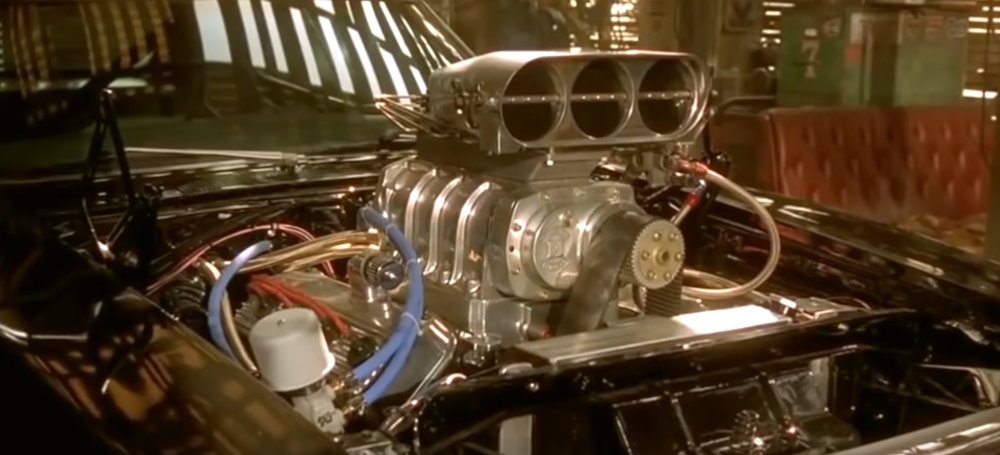
The details of Dom’s Charger begin with Lieberman pointing out that it is unclear whether there were four or five cars Dodge muscle cars built for the movie. While he oversaw the builds and provided guidance, they were built off-site by a third-party company called Cinema Vehicle Services.
Dom’s Charger was intended to look like a 1970 model, but there were parts from 1968 and 1969 models used on the movie cars as well. There was one “Hero car” that only appeared twice in the movie, along with either three or four stunt cars.
The Hero Car
The 1970 Dodge Charger “Hero Car” never actually movies in the movie. We first see it when Toretto shows O’Conner the Mopar muscle car in his garage. During that scene, we see a supercharged Hemi from Chuck Taylor Racing engines, but as soon as that static scene was shot, the engine was removed and sent back to the engine shop.
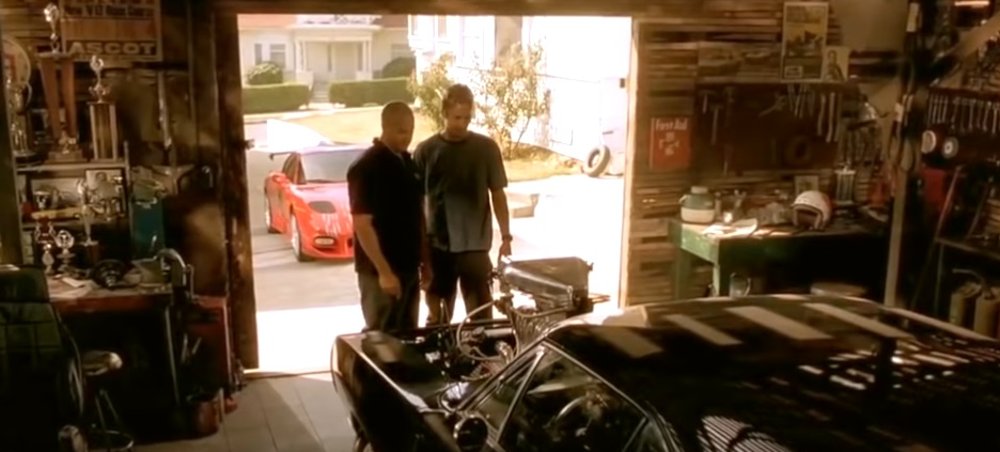
This engine was a 392-cubic inch Hemi from the 1957 or 1958 model years, bored and stroked to 445 cubic inches. The engine was topped with a Cragar intake manifold and a Mooneyham 6-71 supercharger. It also featured long tube headers, Flowmaster mufflers, Cragar wheels and an interior that was stripped bare.
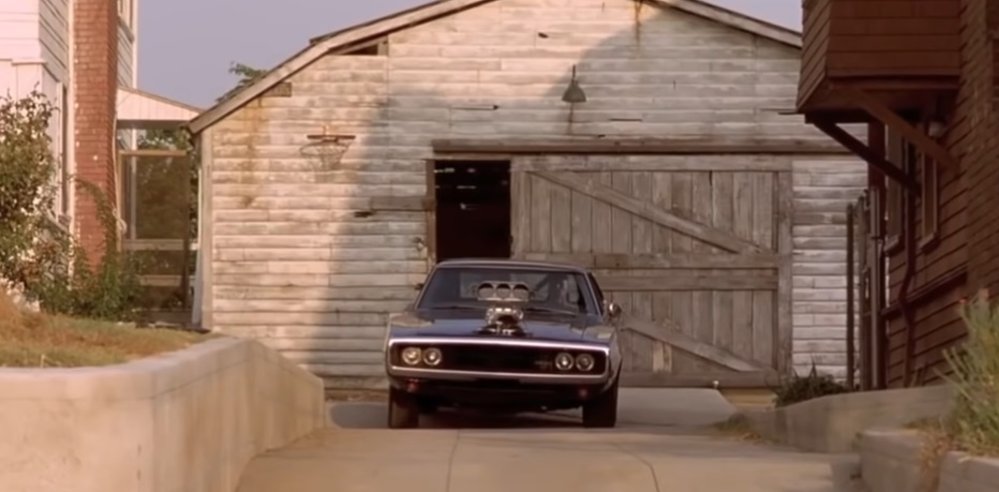
Again, we never see the Hero Car move, but after that early garage scene, the close-up car appears near the end of the movie in Dom’s driveway. We do see one of the stunt cars racing out of the driveway, but the engine sounds are fake. In fact, all of the Charger engine sounds are from a naturally aspirated Hemi rather than a supercharged mill. However, that Hemi sounds so great that Lieberman claims that “the sound is absolutely unforgiving – you’ll laugh, you’ll cry, you’ll cream your jeans”.
Stunt Cars
Lieberman points out that one of the stunt cars sold at auction a few years back. That car had been flipped during the end “train scene”, and was in rough shape, with a 440 Mopar big block under the hood. Lieberman can’t confirm that the 440 was in there for filming, but he claims that all of the cars had “standard Dodge engines”. That is contrary to the claims that these cars were powered by small block Chevy engines. Also, the superchargers on every stunt car was fake, being attached to the hood rather than the engine.

At the end of the video above, Lieberman details the current status of the other stunt cars, one of which is still owned by the movie studio. The Hero Car is owned by a collector in Italy.
The Famous End Scene with the Charger
Finally, Lieberman discusses the famous race scene at the end of the movie between Toretto in the Charger and O’Conner in the Supra.
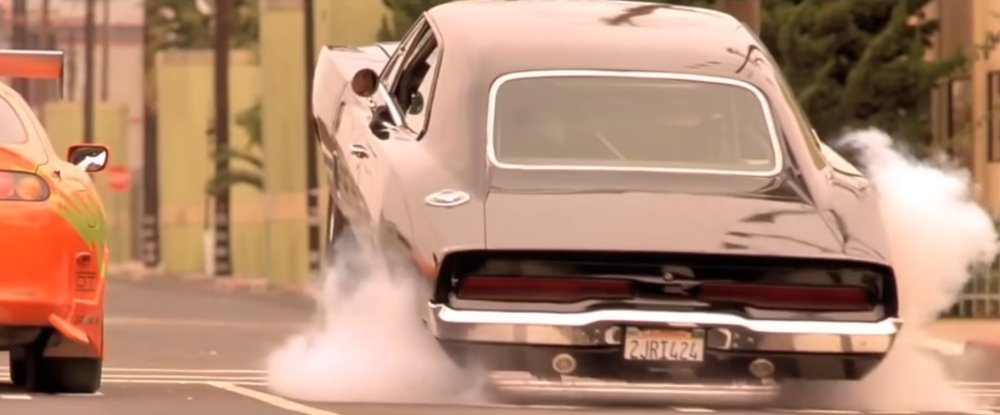
First, the wheelie with a burnout wasn’t real. The car was riding on a set of hydraulic wheelie bars that lifted the front end while the tire smoke was artificially added. As you know, a car can’t do a huge wheelie and do a burnout at the same time.
Next, he points out that in reality, the Charger would have destroyed the Supra. The Dodge has slicks and more than 900 horsepower. Lieberman’s Supra only had 600 horsepower and it weighed much more due to the sound system junk in the trunk. However, even as Dom throws a rod out the side of the engine, he is able to stay even with the Supra until the big flip at the end.
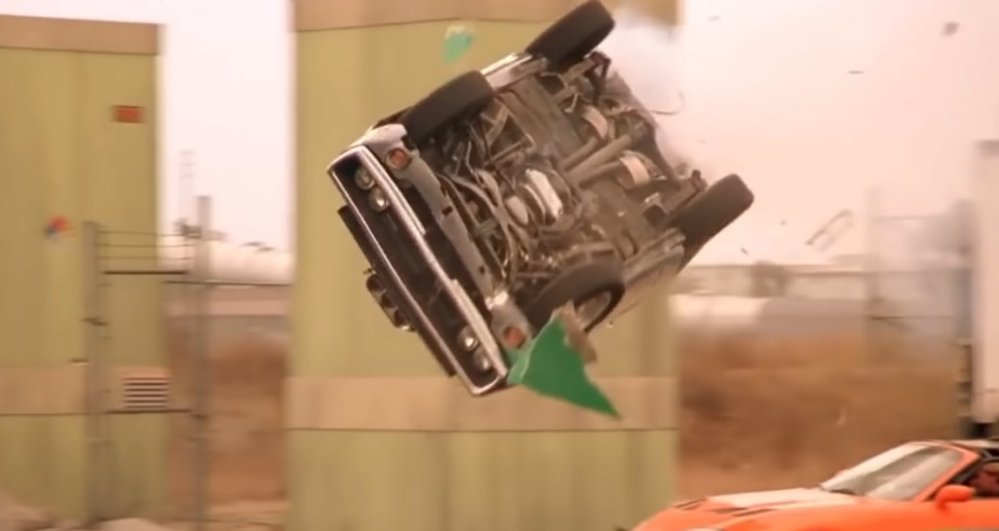
There are lots more little bits of information from behind the scenes of the original Fast and Furious movie, so crank up your speakers and enjoy!
